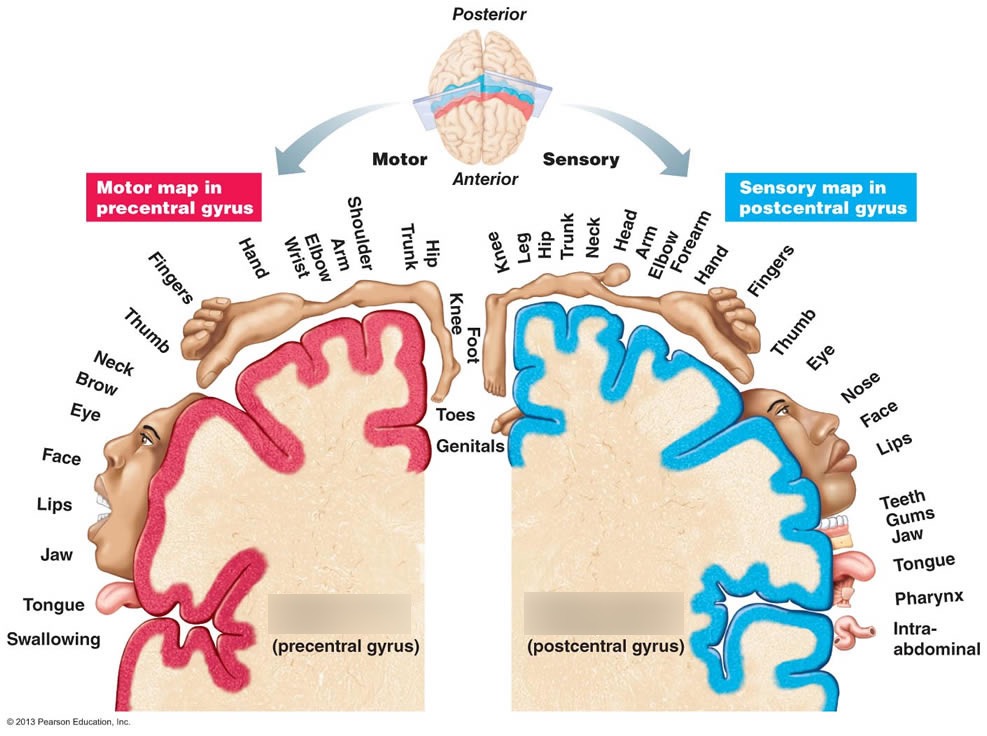In this post we discuss why rehab exercises won’t work without focus and what to think about to improve their effectiveness.

At a glance
Your brain maintains a ‘body map’ that tracks position and movement using sensory input.
Pain or injury can smudge the map—blurring how the brain represents certain areas, which can impair movement and increase the risk of re-injury.
Repetition isn’t enough. Simply going through the motions won’t restore accurate mapping. Focus, skill, and conscious effort are required to drive change.
Rehab is skill acquisition. You’re not just fixing tissue—you’re re-teaching your brain how to move safely and efficiently.
Focus isn’t just for rehab. Strength training with awareness helps maintain a clear body map and better movement as you age.
Improved mapping = improved function. Restoring the brain’s clarity through focused, guided movement reduces pain and builds resilience.
Introduction
Remember when we used to use paper maps?
In London we had something called an A to Z. A book that contained maps of every street in the Greater London area.
If you were going somewhere new you’d take your A to Z. Otherwise you’d have to rely on local knowledge for assistance.
Now of course most of us use GPS, with your mobile phone providing real time position data using satellites.
The map of your body in your brain
Your body contains hundreds of thousands of sensory receptors that work like satellites, feeding information into your brain’s GPS system to track movement and position.
From this information your brain builds and maintains maps of your body within an area called the motor cortex.
These maps can adapt according to your activities. For example, studies show pianists have enlarged areas in the motor cortex which are responsible for hand and finger control.
Below is a visual representation of the motor and sensory distribution along the cerebral cortex of the brain.

Pain and injury can disrupt these maps
Whenever pain or injury strikes, your central nervous system (CNS) instantly re-programmes movement to avoid placing force through the injured area.
Think of this like a diversion when the council decides it’s time to dig up the road.
Over time this begins to alter the mapping in your brain, as it’s no longer receiving regular updates from the area of concern.
This process is known as smudging and has been demonstrated in people with recurring back pain for example.
Instead of having a map that shows every street, the map is now blurred or less defined.
There may be overlap with other areas and your brain may have trouble accurately sensing or controlling the muscles in the immediate area.
This can leave you prone to further injury and the development of chronic issues like ongoing back pain for example.
Why focus is required to update these maps
The good news is that this situation can be improved. Here’s the kicker though, cortical plasticity is dependent on the extent of conscious attention and skill during training.
In other words, just mindlessly doing a bunch of exercises for the previously injured area won’t work.
What’s required is a more considered approach. This has more in common with learning a new skill, than what’s traditionally thought of as exercise.
Focus is not just for rehab exercises either
This phenomenon has implications for training even when there’s no injury present.
Staying conscious whilst resistance training and focusing on which muscles you’re using, whilst carefully exploring different joint positions, will help keep these maps clear and concise, especially as you age.
Summary
There’s always a temptation to view the weakness and range of motion limitations that occur after injury as a local issue.
How many times have you heard these problems blamed on tight muscles or scar tissue?
It may be more accurate to view them as secondary to gaps in the map that your brain has of the area.
Improving feedback through exercises that are carried out with conscious control and good coaching will begin to restore these maps. This will improve function and reduce your risk of pain and further injury.